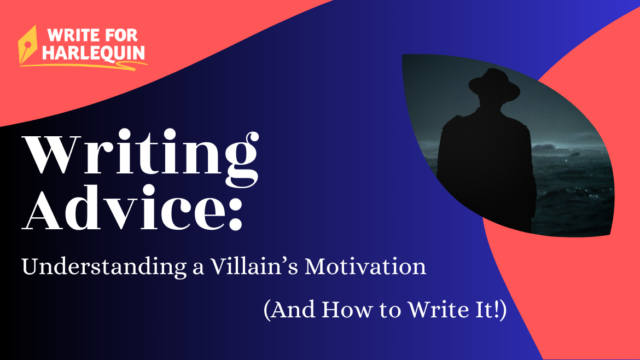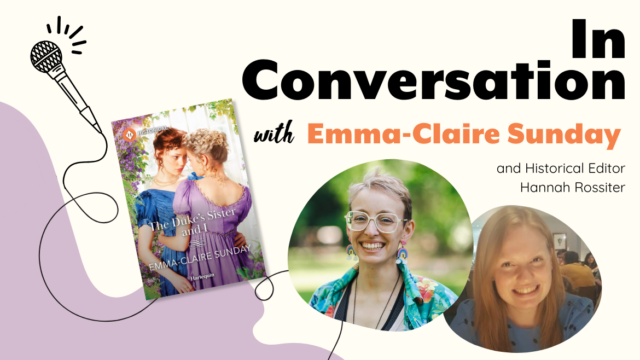This week, we’ve got a gem from SYTYCW 2012 by Emily Rodmell – how to find the essence of your plot in two sentences, for that perfect elevator pitch!
Getting published can be like fishing. You’ve got to hook your editor or agent and make them long to read your book. The same can be said for your future readers. But how do you get across the brilliance of your 60,000 word novel in a short pitch session or Tweet? I’m a firm believer that if your book has a defined plot and hooks (which every series romance novel should) it should be possible to share the essence of your story in a few sentences. By answering three simple questions, you should be able to hook editors and readers alike on your concept or discover the need to revise so that you can have a streamlined plot that will get you on the right track.
1) What are the hooks?
Hooks are the themes that make readers want to pick up your book. Every line has different ones that work for them. But there are many tried and true ones that romance readers love, such as reunion romances, secret babies, cowboys and law enforcement heroes. For some lines, the setting could be a hook. Texas or Alaska are favorites. For a line like Love Inspired, small towns are hooks. For one like Presents, big cities and European or Mediterranean settings work. There are hundreds of hooks. Defining the hooks in your book is the first step toward getting to the heart of your story.
2) What is the plot?
Every book needs a plot that slowly builds to a climax, each scene building on the prior one until it is resolved at the end of the book. If your book doesn’t have a defined plot, it can come across as episodic (a series of unrelated vignettes that are strung together but don’t relate). For instance, if your hero and heroine meet, then he asks her out, then they go to dinner, then they run into each other at the grocery story, then they go out again, then the run into each other while walking their dogs, then your book is episodic. A defined plot would be the hero and heroine working together for a common goal (or against each other for opposing goals) and falling in love in the process.
3) What is the conflict?
In order for a book to keep the readers’ attention, there needs to be something that is keeping the hero and heroine from falling in love right away, something that they have to overcome in order to be together. This can be both internal (his wife left him and he’s sworn off relationships) or external (they can’t be together because he’s the judge and she’s the juror on a case). Great manuscripts have both, and they establish the conflict right away and build it until it is overcome.
Now put those elements together and you’ve got your book in a nutshell, a short pitch that you can use to tempt editors, agents and readers. Happy pitching!



